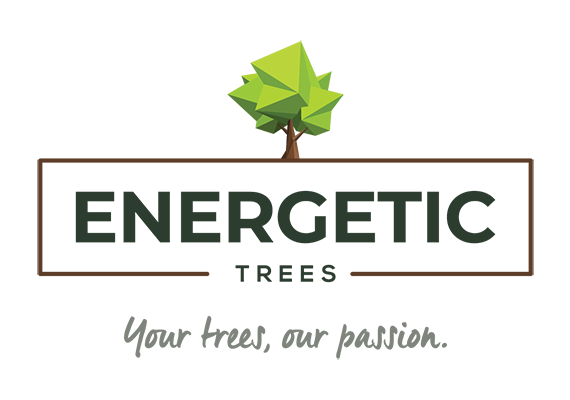Tree Pruning Brisbane
At Energetic Trees we take great pride in pruning your trees so they look their best and are not a risk to your family. Some of the most common reasons for performing tree pruning in Brisbane are your tree blocks out too much sun, it is affecting your neighbours property, keeps clogging up your gutters or your tree may have a structural problem.
No matter the reason, our tree pruning experts can help. At Energetic Trees we are known for fast, prompt and reliable tree removal services. Over the past 35 years we’ve mastered the art of pruning trees of all shapes and sizes.
If your trees are due for their regular checkup contact us for a free inspection and quote.
How Often Should You Prune Your Tree?
It is recommended to regularly prune your to promote growth and reduce safety hazards. The general rule of thumb is to prune mature trees every 3-5 years allowing them time to regenerate without shocking the tree. Younger trees can be pruned more often, generally every 2 years since they are more vigorous and can recover faster.
Some circumstances might require more regular pruning such as if your tree is in close proximity to power-lines or if your tree is interfering with your neighbours property. Removal of dead branches can be undertaken as often as needed as it does not impact the health of the tree, we recommend every 6 months if your tree is located in a highly populated area, such as unit complexes or schools.
Benefits Of Regular Tree Maintenance
Regular tree maintenance is good for the health of a tree (if done correctly). Our qualified arborists can organise tree maintenance plans to ensure your trees stay healthy for years to come. We recommend to regularly have your tree inspected by a professional to check for hazards such as infected/diseased branches, decay, crossing limbs and excessive epicormic regrowth.
Removal of infected limbs is especially important as the infection may spread and eventually endanger the tree. If caught early the chance of the entire tree being infected is significantly reduced. Fungal infections are very difficult to detect in their early stages as they are rarely seen with the naked eye, and they spread by microscopic growth and spores.
Decay in trees is most commonly caused by improper pruning such as topping or pollarding. Open wounds on a tree allow pests and organisms to infect the tree and eventually the pruned branches will start to decay. A healthy tree is able to compartmentalise internal decay and protect the rest of the tree, but typically when a tree is improperly pruned it will be unable to recover.
Removal of crossed branches is a great way to protect your tree from infection. When crossing branches sway in the wind friction will cause any bark between the branches to be damaged exposing the cambium underneath. As this continues to happen, it will be impossible for your tree to recover any almost always leads to decay.
If your tree has excessive epicormic regrowth there is likely a serious issue. Severe epicormic growth generally is onset by extreme stress to a tree or an improperly pruned branch. Some of the reasons causing this epicormic growth that we regularly encounter are the tree has been pruned too heavily, there has been recent construction which caused damage to roots or a branch has partially decayed.
